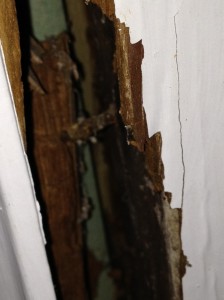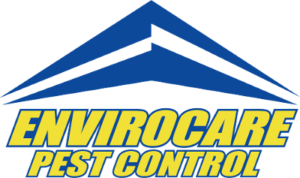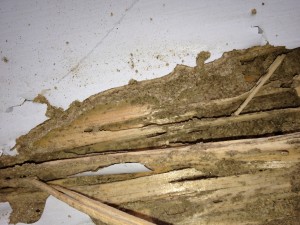Termite damage vs water damage. Do you know the difference or do you just think you know the difference? The pictures below came from Waterbury and Brookfield CT. They both represent something completely different.
Termite Damage vs Water Damage
Termite damage has a very distinct look to it. The wood contains galleries that were created as the termites fed upon the wood. Termite damage also always goes with the grain of the wood and contains “mud.” This mud is used by the termites as a moisture source. The “mud” is also used to create shelter tubes, which are a defining characteristic of termite-infested wood.
Water Damage:
Water damage happens to a piece of wood when it’s constantly in contact with moisture, rain water or the ground. The wood acts like a wick and sucks the water into the cells within the wood. Once the cells are overloaded and can no longer absorb moisture, the cells explode and the wood becomes water damaged. Some people also call this pocket rot or dry rot.

Where to look for both termite damage and water damage
Knowing where to look for these two issues is half the battle to solving the problem. The reason this is important is that there are some areas where termites are likely to be and other places where water is likely to be most common.
Common areas for water damage:
- roof lines
- where a deck attaches to a how
- garage door trim where it touches the ground
- window frames, door frames
Common areas to look for termites:
- garage framing
- areas where siding touches the ground
- the rim joist behind a front stoop
- sill plates behind concrete slab areas
Every situation is different. In fact I’ve seen termite evidence that looked like water damage and water damage that looked like termite damage. Also, if you read the lists I included you’ll notice that there’s definitely some overlap between the two.
If you’re unsure of what your looking at, fill out the form below or call us at 1-888-879-6481. We can help!


